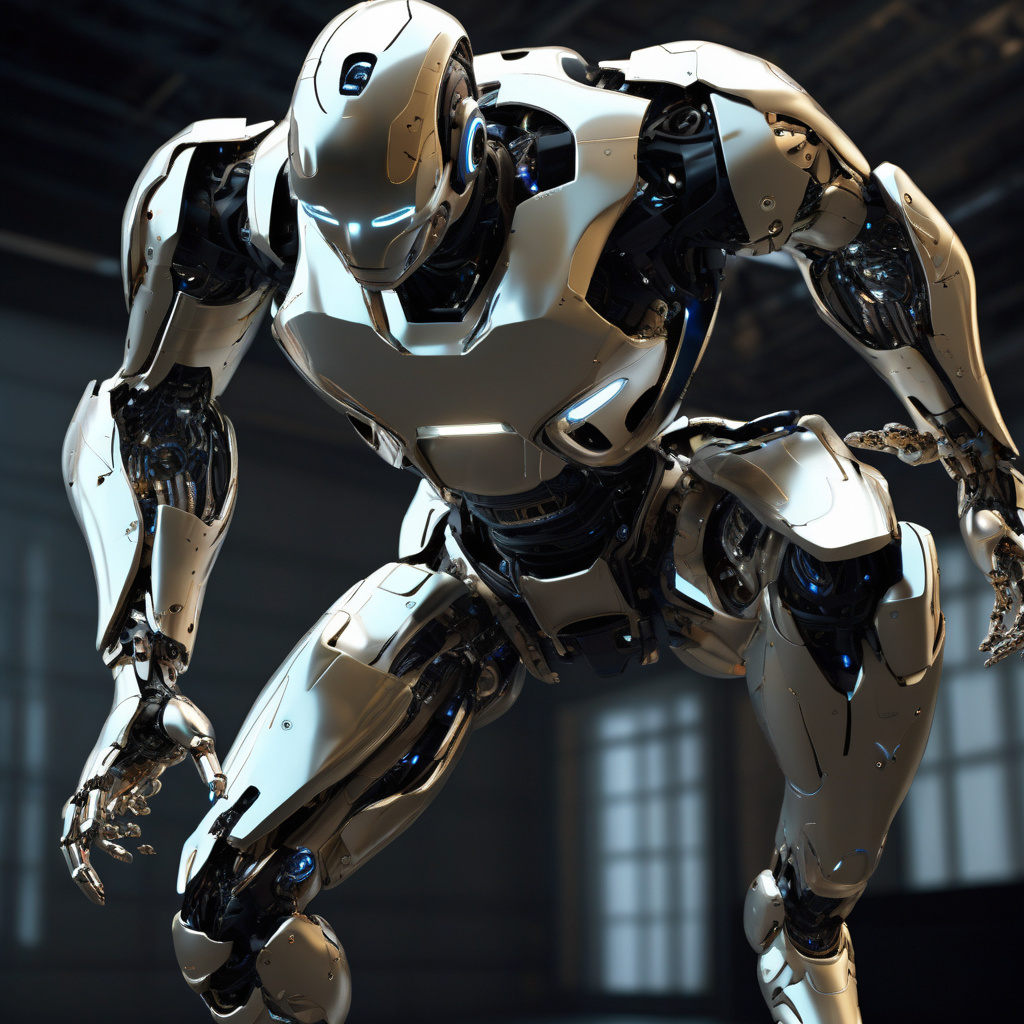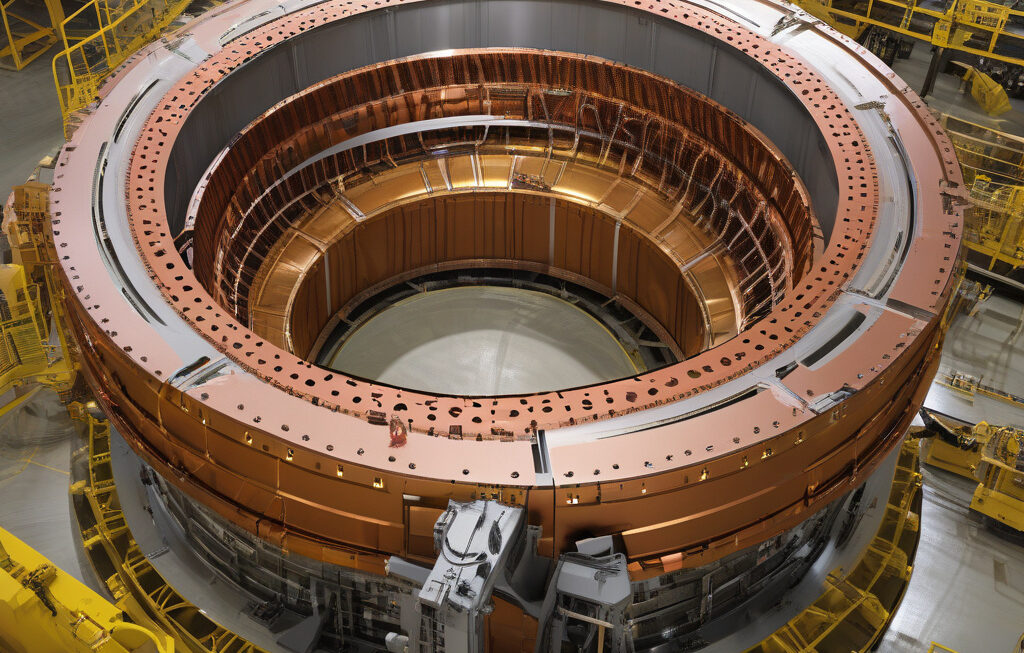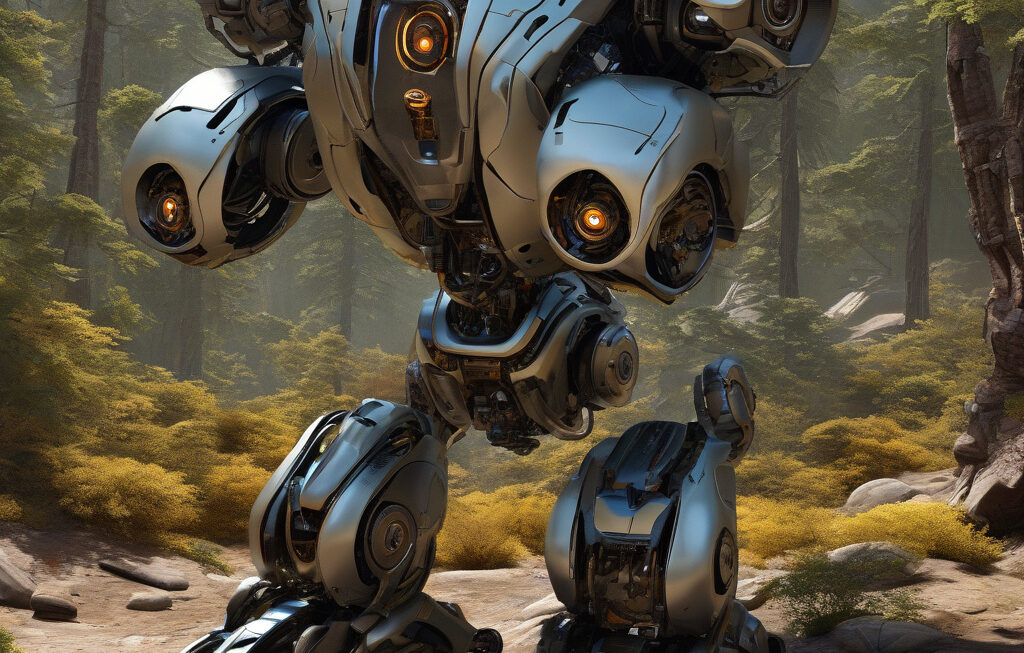Viral Video: ‘Fighter’ Humanoid Robot Lashes Out Mid-Air, Sparking Safety Debate
A viral video showing a Unitree H1 humanoid robot violently thrashing mid-test has stirred fresh concerns about the safety and control mechanisms of advanced robotics. The footage, which quickly circulated across social media platforms, depicts the robot, known for its agility and bipedal movement capabilities, suddenly losing balance and wildly flailing its limbs while airborne. The startling scene has reignited the debate on the potential risks associated with integrating such cutting-edge technology into various aspects of our lives.
The incident, captured during a routine flight test, has raised questions regarding the reliability of safety features and emergency shutdown protocols in humanoid robots. While Unitree, the Chinese robotics company behind the H1 model, assured the public that no one was harmed during the malfunction and that the robot itself sustained minimal damage, experts and enthusiasts alike are calling for a comprehensive reassessment of safety standards in the field of robotics.
As robotics technology continues to advance at a rapid pace, with applications ranging from healthcare and manufacturing to entertainment and defense, ensuring the safe interaction between humans and robots becomes increasingly crucial. The viral video serves as a stark reminder of the potential dangers posed by malfunctioning robots, especially in environments where they are intended to work alongside people.
One of the key points of contention stemming from the video is the autonomy and decision-making capabilities of humanoid robots. While automation and artificial intelligence are designed to enhance efficiency and productivity, incidents like the one involving the Unitree H1 robot highlight the importance of establishing clear boundaries and fail-safe mechanisms to prevent accidents.
Moreover, the public reaction to the video underscores the significance of transparency and accountability in the development and deployment of robotics technology. As society grapples with the ethical and moral implications of AI and robotics, companies and researchers are urged to prioritize safety and ethical considerations to build trust and acceptance among the general population.
In response to the viral video, Unitree has pledged to conduct a thorough investigation into the root cause of the malfunction and implement additional safety measures to prevent similar incidents in the future. The company’s proactive approach to addressing the concerns raised by the public showcases a commitment to responsible innovation and continuous improvement in the field of robotics.
While the debate on the safety of humanoid robots is far from over, the viral video serves as a catalyst for industry stakeholders, regulatory bodies, and the public to collaborate on establishing robust frameworks that prioritize safety, ethics, and human-robot interaction. By learning from incidents like this and collectively working towards enhancing the safety and reliability of advanced robotics, we can pave the way for a future where technology and humanity coexist harmoniously.
In conclusion, the viral video of the Unitree H1 humanoid robot’s mid-air malfunction has ignited a crucial conversation about the safety and control mechanisms of advanced robotics. As we navigate the ever-evolving landscape of AI and automation, prioritizing safety, transparency, and ethical considerations is paramount to building a future where robots can be valuable companions rather than potential hazards.
robotics, technology, safety, innovation, ethics












